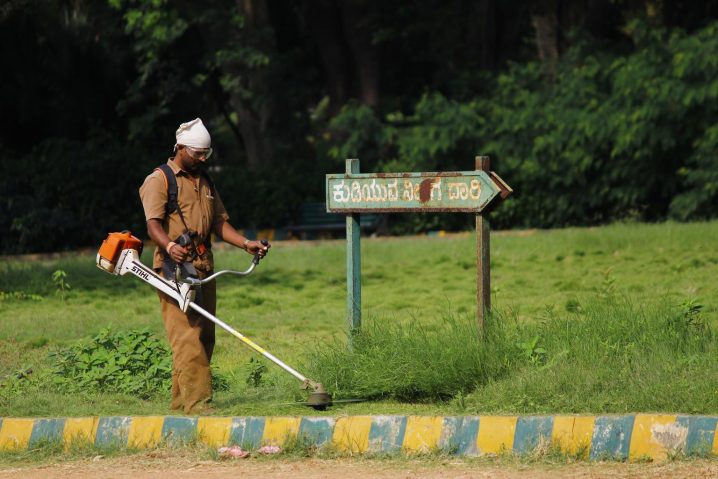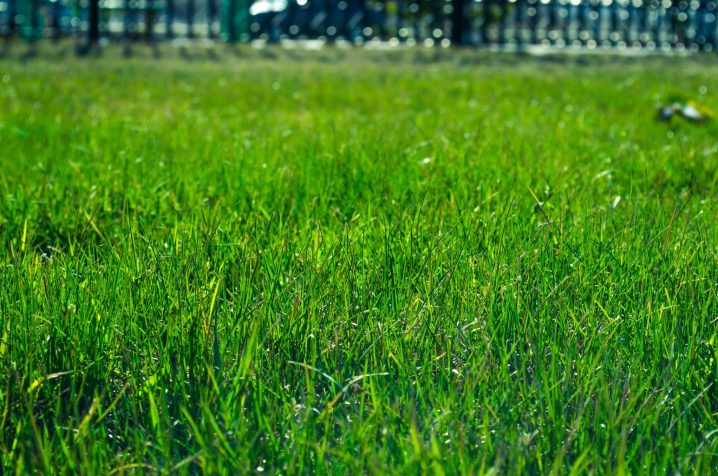If you have a lawn or a garden, this tool is simply indispensable for ensuring its neat look. Residential lawn care is so much easier with an efficient string trimmer, otherwise known as a weed eater. As the term suggests, its purpose is the elimination of unwanted plants, as well as trimming of green herbage.
Modern models are 4 cycle weed eater types, a major leap forward from the old-fashioned two-cycle contraptions. There are both electric tools and those working on batteries or gasoline. The device weighs only a little, which means lawn work will not be exhausting. But why is it called a string trimmer?

String
Made of microfilament, it moves fast enough to cut through plants. The issue of wear is often solved automatically when a new portion is fed. Unlike metal blades, the cutting element needs no sharpening.
Engine
If you are looking for the biggest possible power, opt for two-cycle types working on gasoline. These use gas and oil mixture. Let’s see what happens once the cord on the unit is pulled, setting the string in motion. This depends on the source of power. The main elements here are the ignition coil, the spark plug, the flywheel, and the crankshaft.
Fuel
The flywheel has magnetic parts attached to it. These send energy to the ignition coil, which relays it to the spark plug. Each time the flywheel revolves, the spark plug begins firing. The ignited fuel in the combustion chamber pushes the crankshaft into action.
Electricity/battery
Here, both the flywheel and the crankshaft are driven by the electric current. There is no need to pull the starter cord to turn the device on. Once there is sufficient power, it starts working. Reviews of both types of the machine may be found on jonsguide.org.
Clutch
This is a centrifugal part linked to the crankshaft. It is, in turn, connected to the drive shaft, which reaches the trimmer head, going all the way through the shaft of the weed eater. When the device is not in operation, the clutch wings remain in a retracted position.
Once the trigger is pulled and the throttle is energized, these parts move outward, sending impulses to the drive shaft. The latter is what turns the head. At the highest speed, the movement of string ends may reach 28,000 feet a minute. This momentum is exactly what enables a weed eater to slice grass and weeds so effortlessly.
Trimmer Head
This is the part holding the cutting string. It rests on a spindle, an element connected to the drive shaft. It comprises three things: a spool, a cap, and a string. The latter is wrapped around the spool and goes through the holes in the cap.
String Feeding
In some models, a worn portion of the string is automatically replaced. Others, however, will only do it once the top of the cap has been bumped against the ground. Naturally, you may also replace the head or take out the spool and cap to feed fresh string.

A Few Tips
If your model of weed eater runs on gasoline, cold starting is made possible thanks to a priming bulb, a choke, or their combination. Be sure to study the user guide meticulously, otherwise, the carburetor may be flooded upon startup.
It is vital to feed the string of the right diameter for the machine to work as it should. Finally, it is impossible to prevent debris or stones from flying your way during trimming, which is why these devices come with a special guard against these. Make sure it is properly secured.



